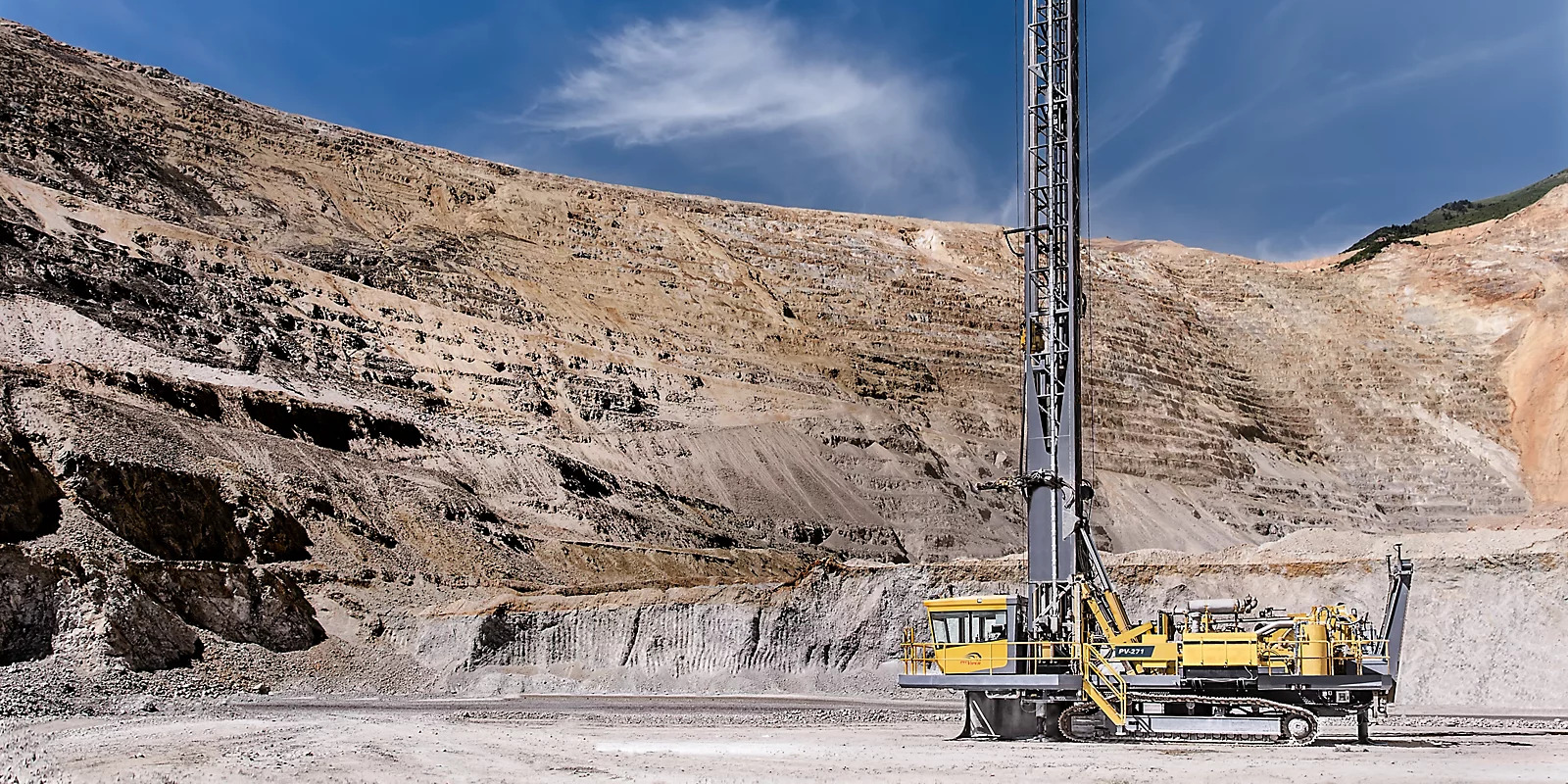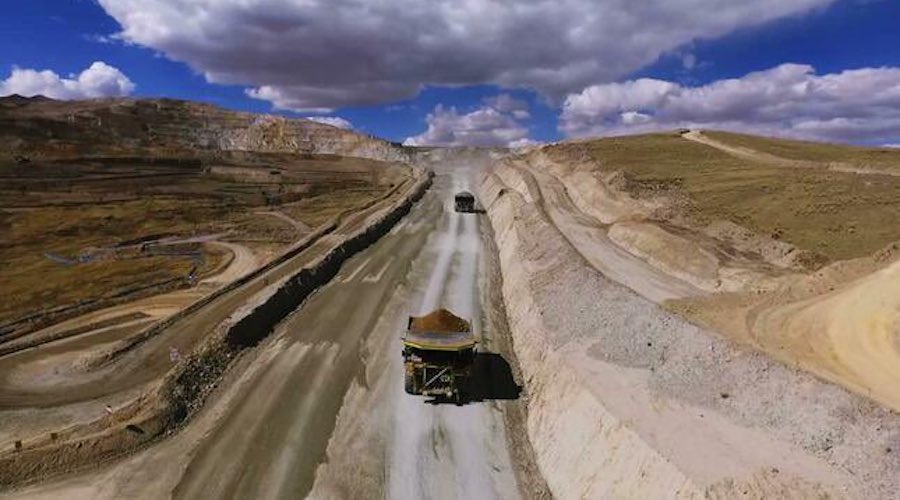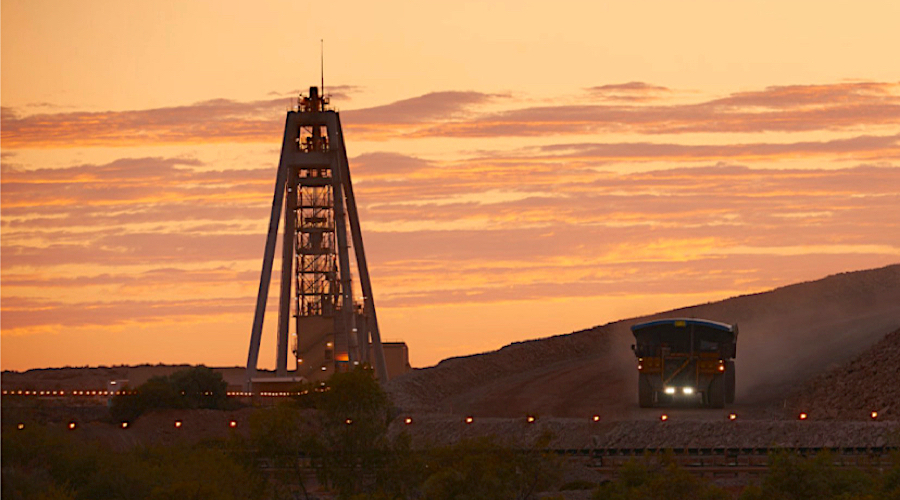GRAPHIC: Gold’s 111% rise from QE1 to QE3
The price of gold jumped more than $30 an ounce today after the US Federal Reserve announced a third round of monetary stimulus called quantitative easing.
QE has been a massive boon for gold. When the Fed floods markets with cheap money, gold’s allure as a storer of wealth and an inflation hedge is burnished. Loose monetary policy also weakens the dollar, further boosting the yellow metal.
The Fed’s near-zero interest rate policy and bond purchases under QE1 kicked off on 16 December 2008. On 15 December 2008 an ounce of gold cost $837.50.
That’s a more than 111% improvement for the precious metal on the back of QE1 and QE2 which followed in August 2010.
Another of the Fed’s programs to keep interest rates low, Operation Twist, which started in September 2011 has also boosted the price of gold.
The fortunes of the precious metal seem increasingly linked to monetary policy in the US (and to a much lesser extent Europe and China).
The gold price has taken a few hard knocks from 2011’s record levels and the spikes downward have all been thanks to actions or pronouncements by chairman Ben Bernanke and the Fed.
At the same time volatility in the gold price has increased dramatically.
At the start of April for instance gold dropped some $60 an ounce in a single session when Fed minutes appeared to indicate QE3 was off the table and its policy of zero interest rates may be coming to an end sooner than previously thought.
The same thing happened on June 7 when gold dropped $50 to under $1,600 an ounce in a couple of hours after Bernanke delivered “anti-climactic” testimony to the US Congress.
That was not the first time traders got cold feet after breaking an important psychological level.
A similar pattern was followed in the days after the metal reached a record high above $1,900 an ounce in August 2011. The yellow metal slid for two days after hitting the record, losing $105 or 5.6% in value in a single day.
In 2011 trading in gold was the most volatile since 1980 with the gap between the year’s highs and lows coming in at close to $600 an ounce or a 32% range.
In 1980 the spread was even greater at more than 40% and followed the 21 January 1980 record of $850 a ounce set after a spike in oil prices following the Iranian revolution and Russia’s invasion of Afghanistan.
At the time gold also fell precipitously after setting the record – within two days it fell back to under $700 starting a bear market that lasted almost three decades.
Gold breached $850 again at the start of 2008, but in inflation adjusted terms the 1980 price is still the highest ever – gold would have to hit some $2,400 an ounce to set a record in today’s money.
With QE3 that goal seems back within reach.
More News
Epiroc wins largest order in history with A$350M contract from Fortescue
April 16, 2025 | 10:18 am
{{ commodity.name }}
{{ post.title }}
{{ post.date }}





Comments